For years bubble wrap remained the unprecedented king of protective packing. It used to be the go-to for domestic as well as industrial use. People chose bubble wrap whenever they needed to pack things for storage, transportation, or moving house.
Plastic bubble wrap is widely popular in the corporate sector as well. Due to its resilience, leading manufacturing and warehousing industries such as automotive, cosmetics, electronics, pharmaceuticals and agriculture rely on bubble wrap.
Packing fragile items in bubble wrap is a common practice in the online-retail market because it is easy to use, lightweight and shockproof.
However, people did not realise that all the plastic bubble wrap ended up in landfills, polluting the environment and contributing to climate change.
Why bubble wrap needs to go?
Thankfully, with every passing day, people are becoming more aware of their surroundings and more considerate of what they are putting out there. Bubble wrap is a single-use item that eventually ends up in landfills and has compelled people to explore sustainable packing options.
With constant trial and error, experiments and innovation, we now have access to a few eco-friendly packing alternatives. Even in the industrial sector, we can observe a significant shift from plastic bubble wrap to recyclable packaging.
Even though some people find it hard to ditch the suitable old plastic, the fact that it may take 10-1,000 years to decompose naturally is enough to make the switch.
Eco-Friendly alternatives
Eco-friendly packing alternatives are slowly making their way into the mainstream market. You, too, can explore these options at your local home depot or order them online for ease of access.
Once you get your hands on sustainable, recyclable, and eco-friendly packaging materials, you will not look back at plastic bubble wrap, and that’s for sure.
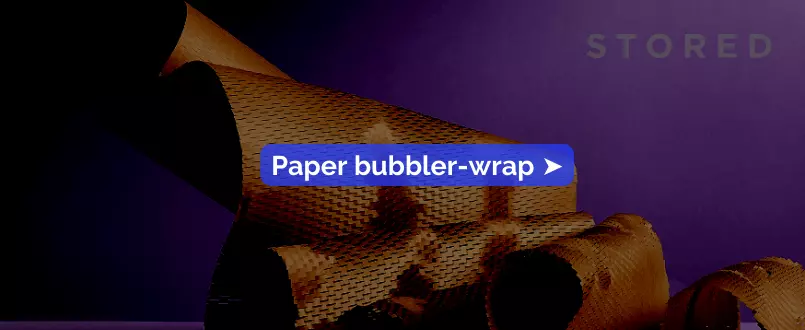
1. Paper bubbler-wrap
People prefer packing fragile things in bubble wrap because it provides extra cushion and shock absorbency. We understand that the tangible cushioning ensures that your stuff will remain safe and sound. What if we tell you, you can get your hands on biodegradable bubble wrap in the UK?
Paper bubble wrap is widely used in the commercial and domestic sectors. It provides cushioning, has deep indentations and is as easy to use as plastic bubble wrap. It’s 100% biodegradable and recyclable.

2. Newspaper-magazines
Are you about to move and contemplate how to take fragile items such as glassware, ceramics, and china along with you? No, bubble wrap is not your only option. One of the cheapest alternatives is present right in your house!
Why not use those old newspapers and magazines to wrap up all your fragile items? It will cost you nothing and provide sufficient padding to safeguard everything. It is indeed a great option but only valid for domestic usage.
We also recommend using some kind of void fill along with newspaper to ensure everything stays in the boxes and doesn’t move around.
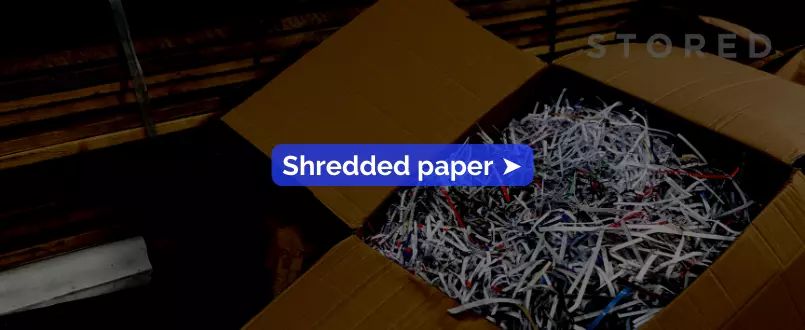
3. Shredded paper
Shredded paper is widely used for gift packing and parcel cushioning. Shredded paper is eco-friendly and provides sufficient protection. Thankfully it is already being used in e-commerce, where consumers receive packages packed tightly with shredded paper.
Shredded paper is also a hot favourite because it is cheap. The commercial sector has already accepted shredded paper as a bubble wrap alternative because it is practical, affordable, and looks good. Most online retailers customise the shredded paper to match their company’s logo, which adds a personalised effect and looks fantastic.
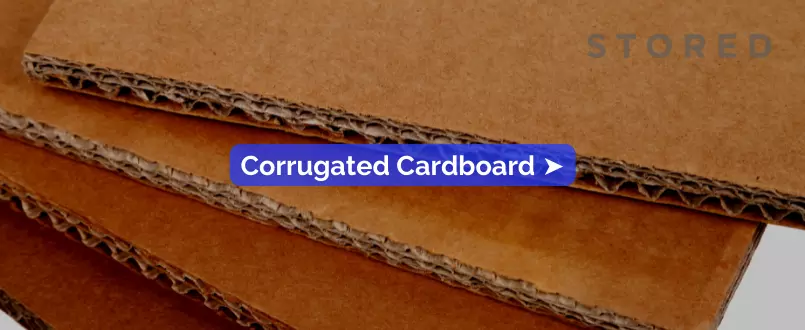
4. Corrugated Cardboard
Here comes another eco-friendly option for packing large household items, furniture, and electronics. Corrugated cardboard is cheap, can be bought in large quantities, and does the job just like plastic bubble wrap.
Corrugated cardboard is made with Kraft containerboard and condensed wood fibres. It is designed to have a stiff surface with paper traps, which also works as an insulator. You can use corrugated cardboard to protect your stuff by wrapping it snugly. Various storage facilities use this technique to protect their customers’ valuables in their storage units.
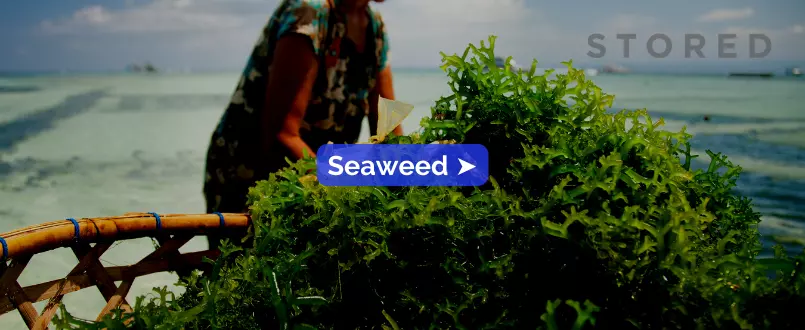
5. Seaweed
Now, this option might seem unusual to you, but believe us when we say it is the next big thing. Seaweed has been utilised as a packing material in some parts of the world for ages. It is natural, costs less, and has a lot of fibre, providing shock absorbency and biodegradability.
Seaweed has the potential to be the front runner when it comes to plastic alternatives; the only downside is, at the moment, it costs a bit more than plastic. Still, it is being accepted as an eco-friendly option open-heartedly worldwide.
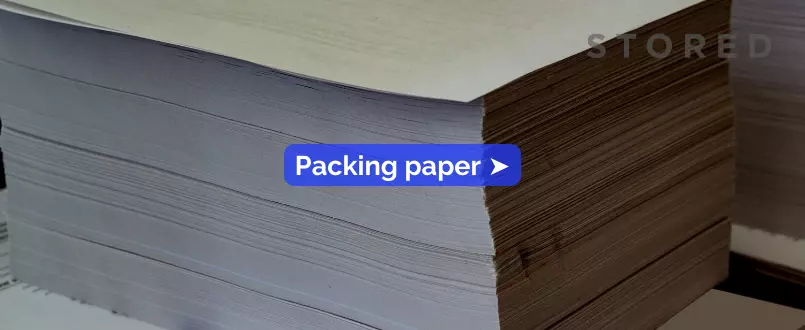
6. Packing paper
Packing paper is the unsung hero when it comes to environmentally friendly packaging. It is versatile, flexible, and absorbs shocks pretty efficiently. You can wrap anything in it, from fragile and trim pieces such as china, glassware, or plates to large bulky items such as furniture, paintings, and pots; it does the job excellently.
A single, snug, all-around wrapping of packing paper will protect your items from damage. The good thing is it is also widely accepted in commercial storage and industrial sectors. Many small businesses and entrepreneurs are starting their businesses with eco-friendly practices and using brown packing paper to pack and deliver their products to the consumer.
Want to go green and ditch the plastic? Try brown packing paper, and you will be amazed at how perfectly it works.
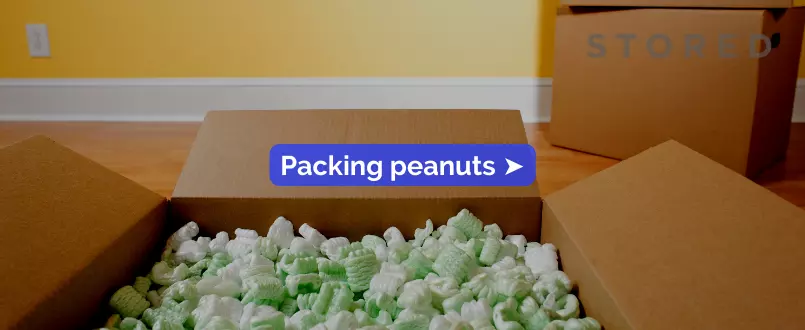
7. Packing peanuts
Packing peanuts work for void-filling and keeping things in place. They are great for void-filling and keeping things in place. It is cheaper than recyclable bubble wrap, seaweed, and corrugated cardboard.
Whenever we think of packing peanuts, those squeaky Styrofoam packing peanuts come to mind, and you must be wondering how those can be eco-friendly. We are pleased to inform you that biodegradable packing peanuts are also widely available now; they are made of starch derived from wheat and corn.
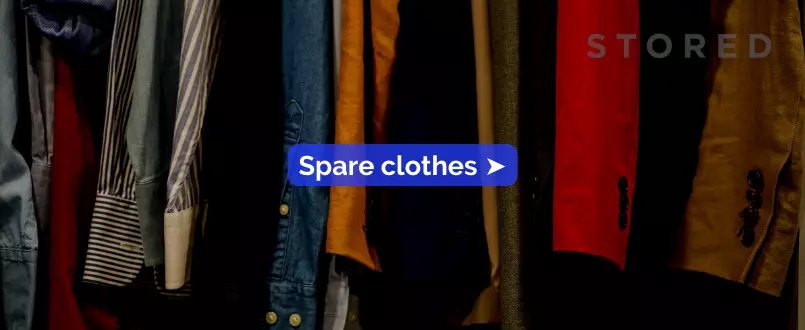
8. Spare clothes
So here is an old-school packing suggestion which will blow your mind. The primary purpose of biodegradable packaging is to reduce waste and one-time consumption. And well, it can be achieved by recycling and repurposing already available means to their maximum potential.
If you are moving house and have a lot of stuff to take along, stop looking for packaging material. The best eco-friendly packaging material is present right in front of your eyes. Utilise your clothes, rags, and towels to make padding and void fill your boxes.
Do you have fragile and breakable items to pack? Wrap them in thick clothes, which will work better than bubble wrap.
Great thing? Using old clothes as packaging material will virtually cost nothing.
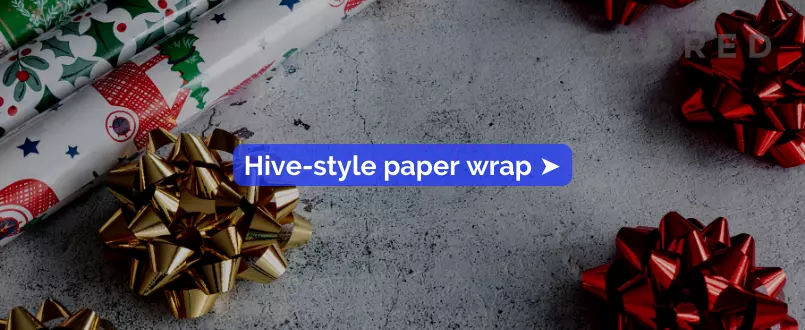
9. Hive-style paper wrap
Talk about innovation; hive-style wrapping paper is one step ahead then ordinary wrapping paper. It can be deemed an architectural wonder as it is super strong, recyclable, and flexible, despite being paper. Hive-style paper, as apparent from the name, resembles a honeycomb or hive.
The diagonal criss-cross and corrugated cardboard form super strong hexagons that can be quickly wrapped along any surface. Due to its flexibility, it can be contorted and twisted to cover up any crevices and edges.
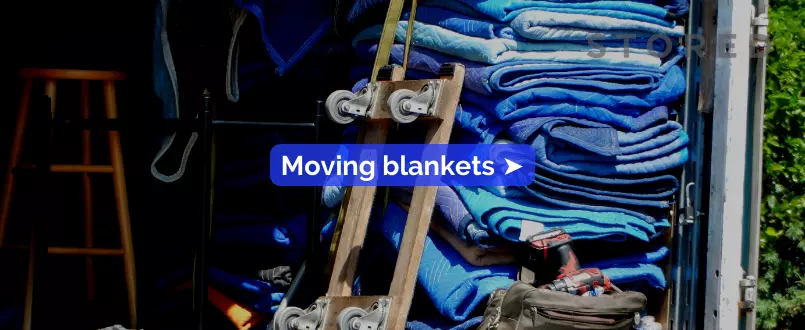
10. Moving blankets
Another option that might be new to you but commonly used for securing large and heavy objects. Moving blankets are heavy-duty blankets made from polyester and cotton material. Polyester and cotton are engineered to replicate a strong mesh that is flexible and durable.
Moving blankets are a great eco-friendly alternative to bubble wrap as they can be reused countless times, provide excellent protection, and secure your stuff from any damage, scuffs and breakage.


